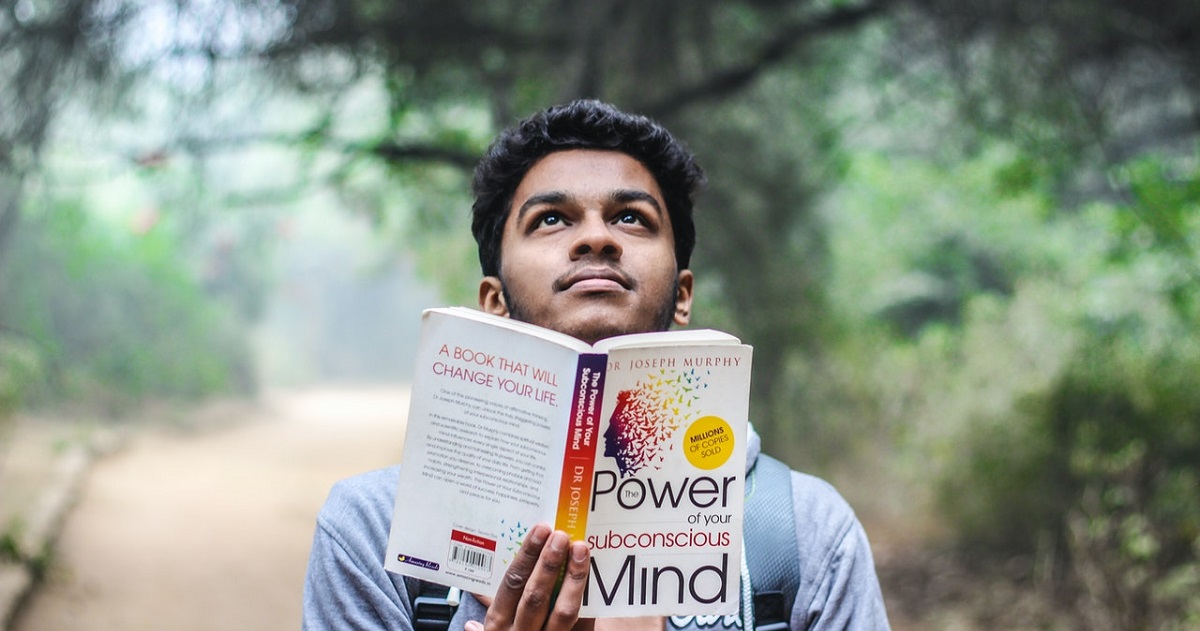
What Is Dialogic Reading in the Classroom?
Dialogic reading is an interactive style of reading with children in a classroom setting. The practice promotes children’s literacy and language skills. During this type of reading practice, the child and instructor switch roles. This gives the students the opportunity to become the storyteller rather than just the listener. The instructor assists the child but also listens actively and asks questions. This turns the typical scenario of the adult reading to the child on its head, and research suggests that there are some unique benefits to be gained with this type of reading role reversal.
Teaching children to read at an early age is often less of a struggle when students are absorbed by a fun, interactive activity. Kids listen to the prompts and simply answer questions. They often enjoy the stories they’re reading and gain confidence because they’re actually involved in the telling of the story. To inspire kids to enjoy reading, boosting their confidence is a key element. Moreover, research suggests that dialogic reading has the potential to improve children’s literacy development regardless of their geographic location or socioeconomic background.
Dialogic Reading Explained
Dialogic reading takes place when the student becomes the teller of a story. While the teacher or adult is free to help the child as they read should they stumble over words, their role is primarily to be an active listener. This way of teaching literacy has become a standard practice. In fact, practice is key to promoting the skills development needed for independent reading. Just as a student cannot learn how to play a sport simply by watching someone else, they need to practice reading in order to do it well. Dialogic reading not only improves a child’s ability to read, but also to comprehend what they have read.
Dialogic Reading and the PEER Sequence
During dialogic reading sessions, adults can rely on the PEER sequence to support the activity process. This, in fact, is the main technique used with dialogic reading. The PEER sequence is a follows:
- Prompts child to say something about the story.
- Evaluates the child’s response.
- Expands child’s answer by rephrasing and adding relevant information.
- Repeats prompt to make sure the child has learned something from the expansion.
Ideally, instructors should include the PEER sequence in reference to each page. As instructors repeat the reading subsequent times, they can leave the reading increasingly to the child. As the child performs more reading on their own, they are apt to grow in confidence as well as skill.
Dialogic Reading Activities
When engaged in dialogic reading with a student, instructors can employ different strategies or activities for supporting the reading session. For example, a recall prompt is a useful activity to support the reading session. Recall prompts are helpful for reminding children about books they’ve already read. An adult could ask, “Would you tell me what happened in the story about the three rabbits?” The act of recalling is an important aspect of the reading comprehension process.
Using a why prompt is another way to encourage children to recall what they’ve read. For example, the adult might ask,
- “Why do you think the rabbits hopped through the gate and into the farmer’s garden?” Or,
- “Why was the farmer angry to see the rabbits hopping in his garden.”
When the child provides answers, you can even expand upon them. For instance, when the child answers that the farmer was angry because the rabbits were eating his vegetables, you could expand by saying that the farmer wanted to sell the vegetables at market or make a delicious pot of vegetable soup.
Another simple but effective activity is to ask the child an open-ended question. The adult could ask them to explain:
- “What’s happening in this picture?”
- They could also ask, “How do you think the farmer is feeling in this picture?” Or,
- “How do you think the rabbits are feeling in this image?”
These questions gently force the child to think about the text and pictures they’re interacting with. The whole process supports the reading activity and essential development skills like reading comprehension.
Finally, try a distance prompt with your young readers. Ask them to reflect on an image or part of the story and relate it to their life. For example, here are a few questions to ask them:
- “Have you ever seen rabbits in your garden?”
- “What types of vegetables grow in your garden?”
- “Remember when we took a class trip to the farm to pick pumpkins? What animals do you remember seeing?”
Reading is, ideally, a fun pursuit for students, but many may still struggle. For dialogic reading to be effective, it should be as fun as possible. Often, this activity works best because children don’t actually realize they are being taught a skill. They’re fully absorbed by the activities and questions.
Dialogic reading is an enjoyable way for children to learn how to read, especially when adults keep the prompts fun. Teachers have reported that children who take part in dialogic reading tend to score higher on language development tests than students who do not engage in this form of learning. In fact, the higher scores remain consistent whether comparing students from different regions or socioeconomic backgrounds.
Categorized as: Tips for Teachers and Classroom Resources
Tagged as: Adolescent Literacy, Literacy, Reading Interventionist, Reasoning Questions, Unbroken
